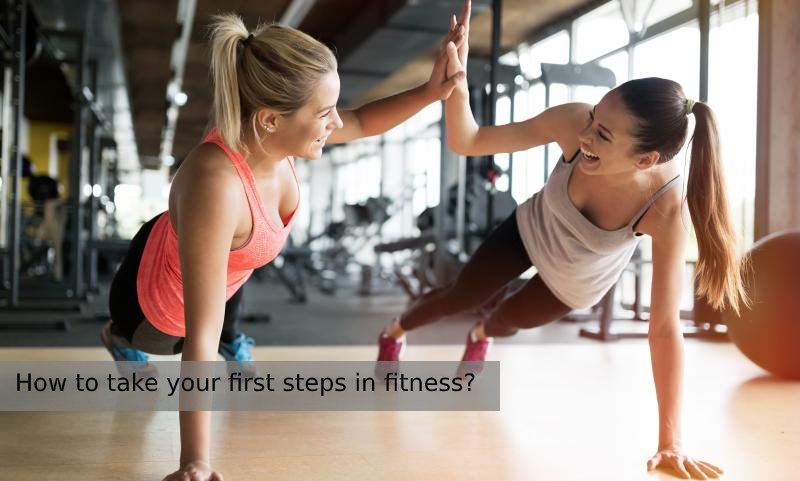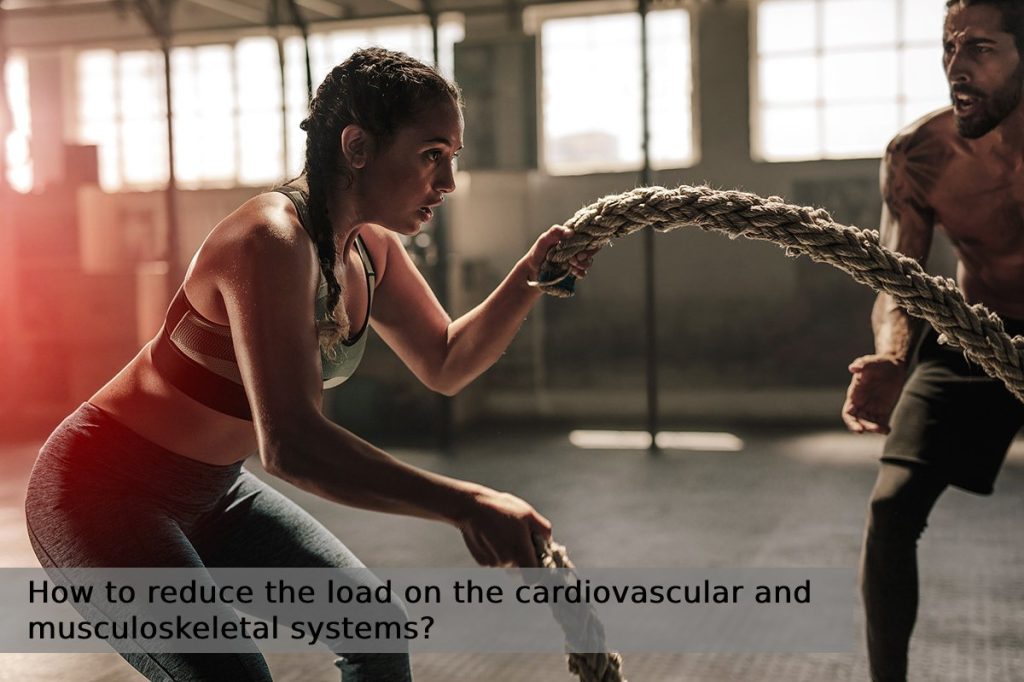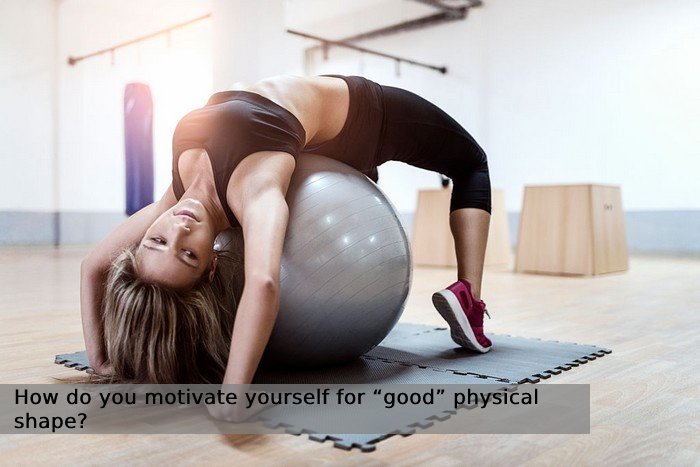
Physical fitness will only be safe if a person is fully aware that, first of all, his body is unique, which means it should not be the same as others. Second, although it is very plastic, it is extremely inert in terms of adapting to any change, i.e. it changes quite slowly. Therefore, before starting to exercise one hundred percent, a person should prepare his body to prepare his body for such loads. This applies not only to strength and functional classes, but also to elementary motor activity, since over the years the elasticity of ligaments and the mobility of joints decrease.
For a person who arrives for the first time in a group class room or a gymnasium to understand that he is not on an equal footing with others, he must remember the simple physiology, blood chemistry (e.g. what is hemoglobin; the more trained a person is). , the higher this indicator), on the blood transport system. Again, the more a person is trained, the more their circulatory system delivers oxygen and nutrients to every cell in the body. It is worth remembering the mitochondria – these are the organelles that allow a person to breathe at the molecular level. The more of them, the easier a person’s cellular respiration, and he himself is stronger, more resilient and recovers faster.
It should be remembered that the body, without experiencing any load, quickly loses its shape. Typically, it won’t take more than a month of inactivity to reach a stall state. Even if a person is a great athlete, but has not experienced adequate physical activity for three or four weeks, he must get back into shape from the basics, because somewhere he has lost his mobility, somewhere slavery happened, etc. If a person who has not practiced physical activity before becomes only fit, the adaptation period must be long. Most beginners, having opened the calendar of group lessons, decide to visit everything at once. First of all, it is necessary to think not of external ways (then a person will gain life experience through mistakes, injuries, overwork, poor planning of the training process and his own nutrition), but that the body is not just muscle and fat covered in skin. You need to think about what it consists of, that it has internal organs, thanks to which life in this body is warm, as well as the musculoskeletal, hormonal, cardiovascular and circulatory systems.
Adaptation
Adaptation is the gradual change/improvement of the functioning of all these systems. The key word is “progressive” and not at the time of signing the contract with the sales department. Adaptation requires realizing that at the start of training, one first works on modifying the parameters of the blood, the respiratory system, elasticity, functionality and muscle volume within the framework of a consistent and systematic training, initially low intensity and non-impact. followed by the addition of various types of weights, increased intensity, differentiation of movement trajectories, functional exercises. At the initial stage, it should tone the muscles, improve joint mobility, articulation of the spine, relieve ligament tension, improve respiratory functions and nutrient transport. The endocrine system must adapt to physical labor. This means that due to new additional formations, the production of anabolic hormones should increase in a person, the hormonal background should be balanced.
Getting your body into “working condition” will help train flexibility, coordination, balance and exercise at the right intensity in the gym. Before “giving fire” and starting to change external forms, the head and body must make new neural connections, learn to cope with complex coordination tasks. Martial arts, dance styles, anything that allows a person to gain balance, move freely in different planes will be useful here: turning around without falling, squatting, standing on one leg, eyes closed, do the exercises that I used to check visually. .
Good physical condition requires a long adaptation, but if a person has put himself in working condition, he becomes an absolute winner of any new challenge in terms of biomechanics. In short, everything that is new and complex pleases him. In this case, a person can be free to choose any direction in which he wants to go, attend the most difficult classes, be ready for anything “for his physical condition.”
How to reduce the load on the cardiovascular and musculoskeletal systems?

In the early stages, you need to work slowly, paying particular attention to flexibility, healthy body building, building your training process rationally, and finding the right balance between strength and functional training. , as well as courses belonging to the “reasonable body”. ” address. It is necessary to evenly and systematically strengthen all muscle groups, bring the muscles to a good toned state and, of course, do not forget about myofascial release – to relieve overstrain. As soon as the human body becomes stronger and the weight returns to normal, his muscles begin to perform the function of an exoskeleton, that is, additional support, they begin to better support the body and its internal organs. , the musculoskeletal system and the heart is reduced.
How do you motivate yourself for “good” physical shape?

From the point of view of psychology, it is quite difficult for the majority to come to an adequate assessment of reality, since people do not perceive the body as an integral structure and the fat deposits formed in it as reserves of energy. People do not think in terms of calories, they forget that a person has a certain “performance” of the body – this is how many calories he can expend per day. They see the muscles, the skin, the wrinkles, the bags under the eyes, but they don’t think about the release of hormones, the lymphatic and hematopoietic systems. It seems to them that they were shaking, and there it calmed down, if you drink water, the water stays, if you don’t drink, you lose weight. All of this is diametrically opposed to the truth.
The trainer works with simple analogies. If a person comes to the first training and says that he wants to lose 15 kg of fat in three weeks, he must be reminded that 1 kg of human fat contains more than 7000 kcal; calculates how many calories you consume per day, how many you burn during a workout and what your deficit may be. After simple miscalculations, a person’s ambitions become much more realistic, and he begins to perceive information more vitally, to think in numbers. The best ways to motivate in this case, in addition to good health and an internal desire for change, can be achievements, for example, the results of a bioimpedance analysis of body composition, which shows the presence a fat component, muscle volume, water – in dynamics, or “before” and “after” photos.